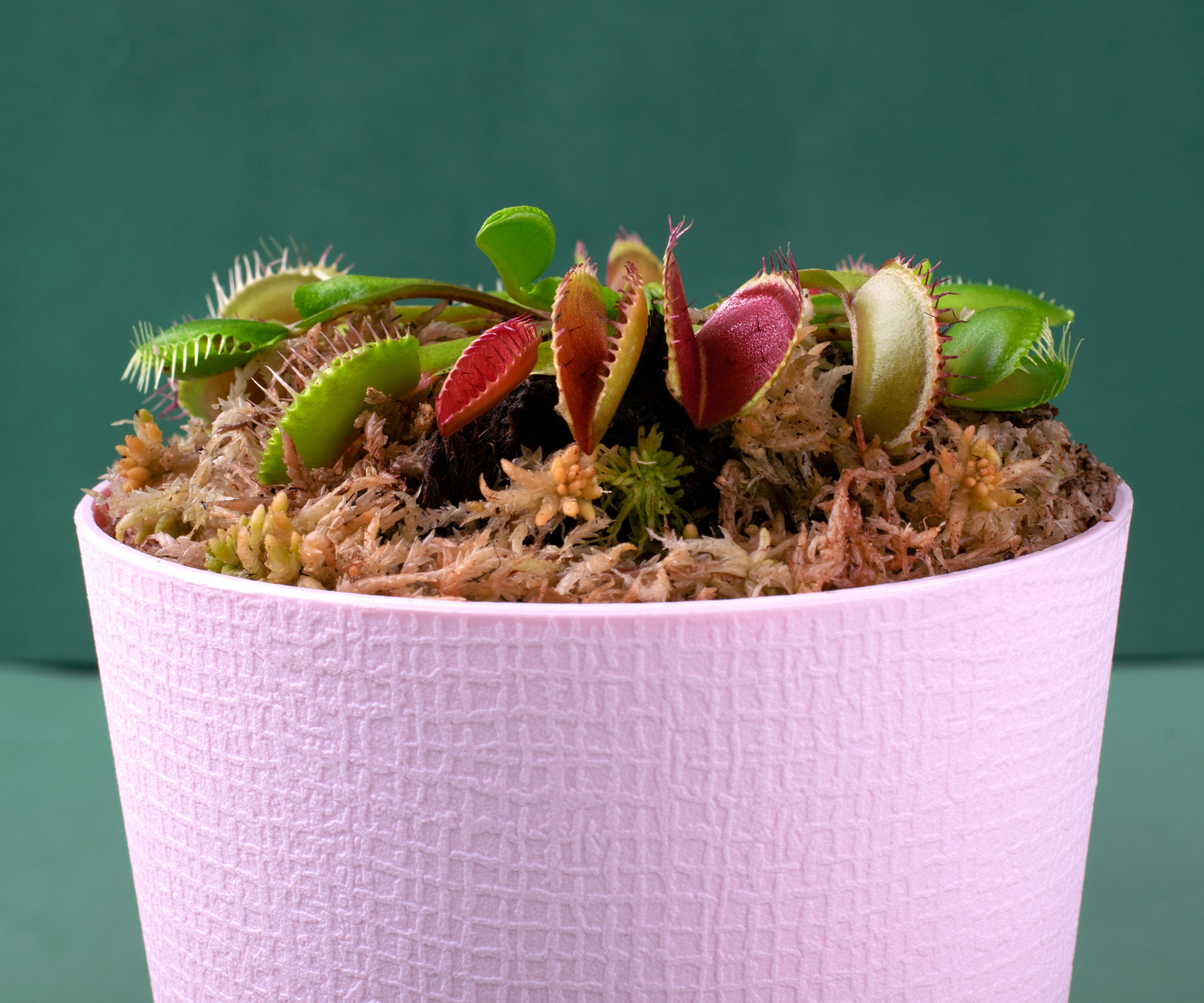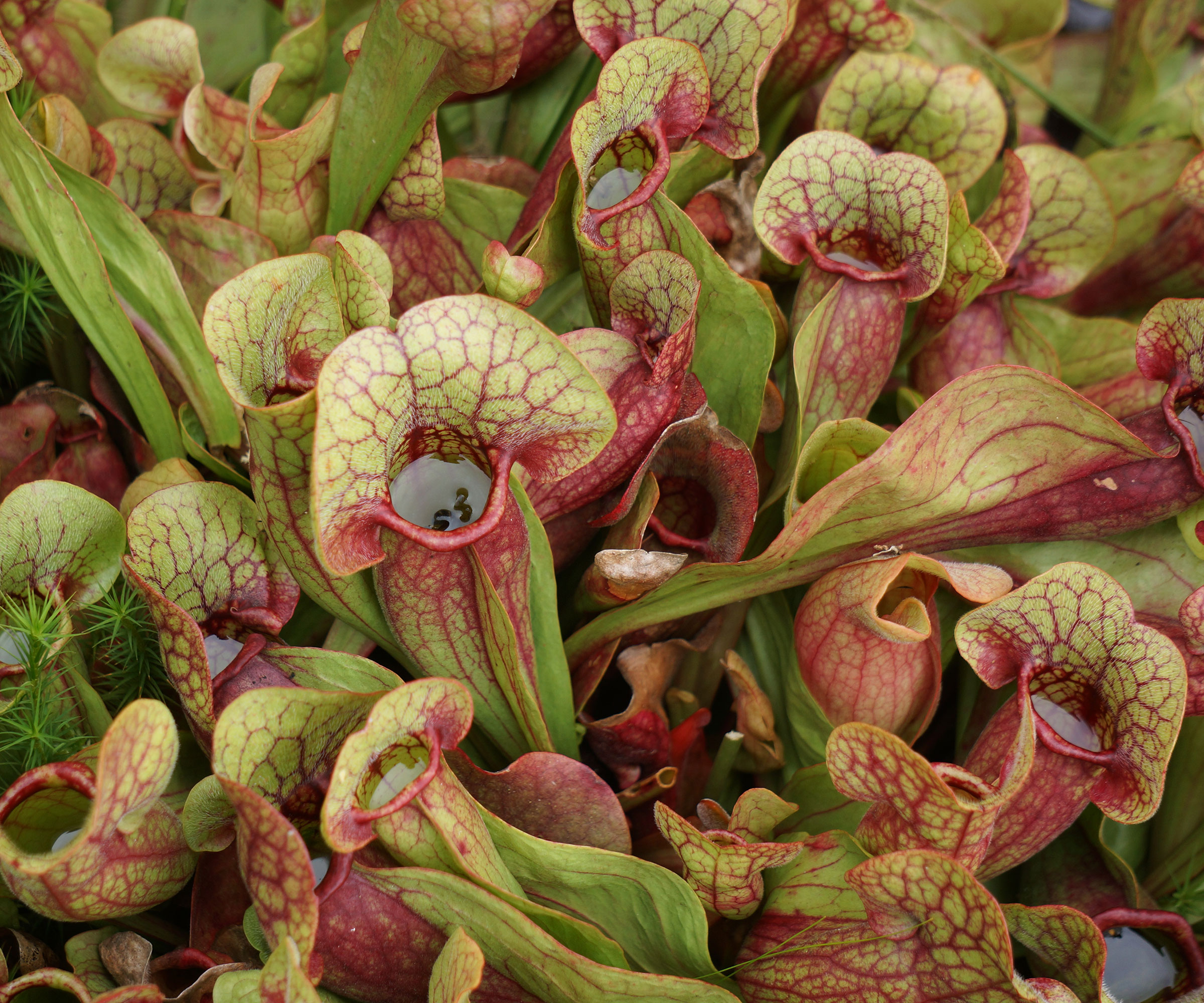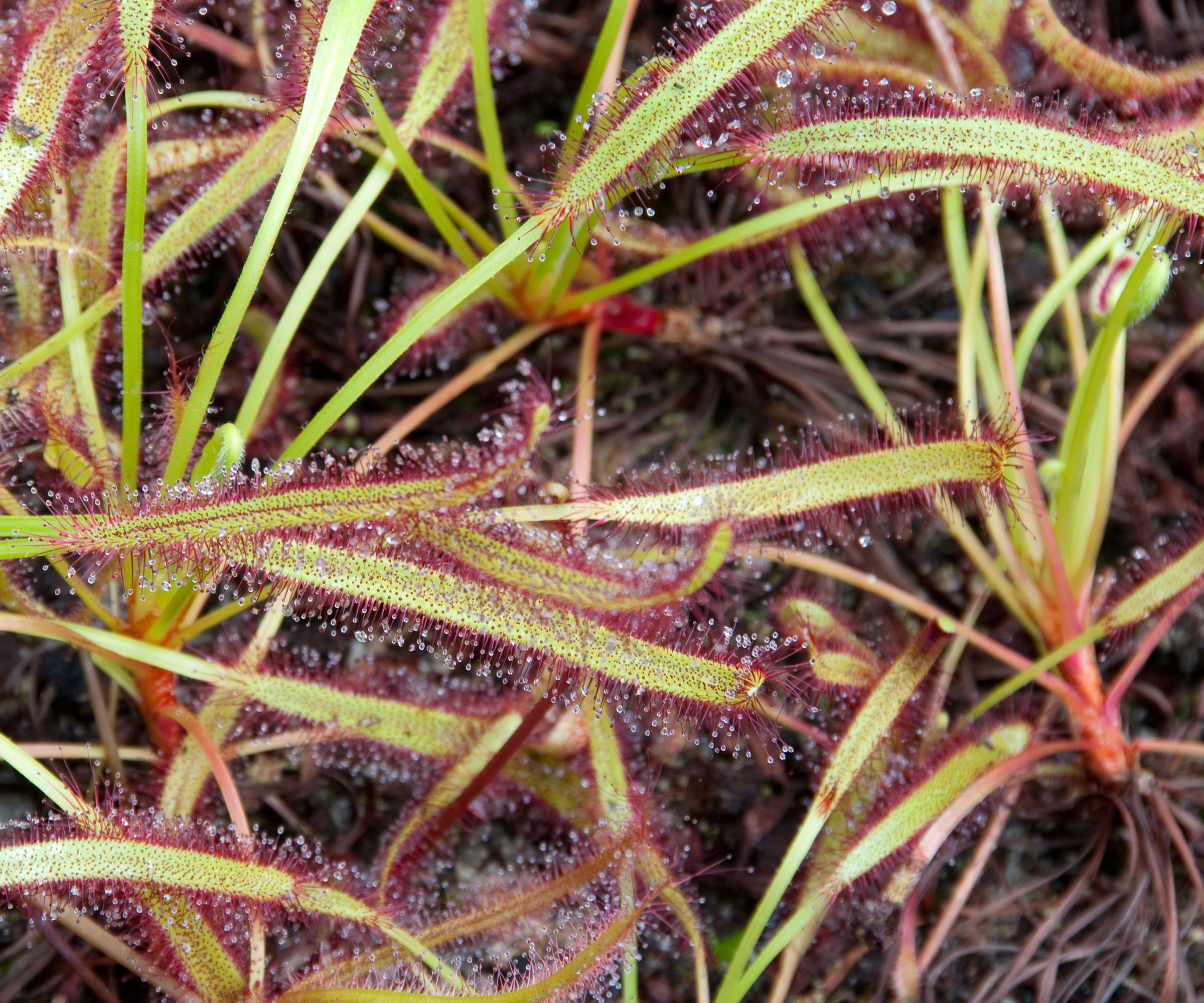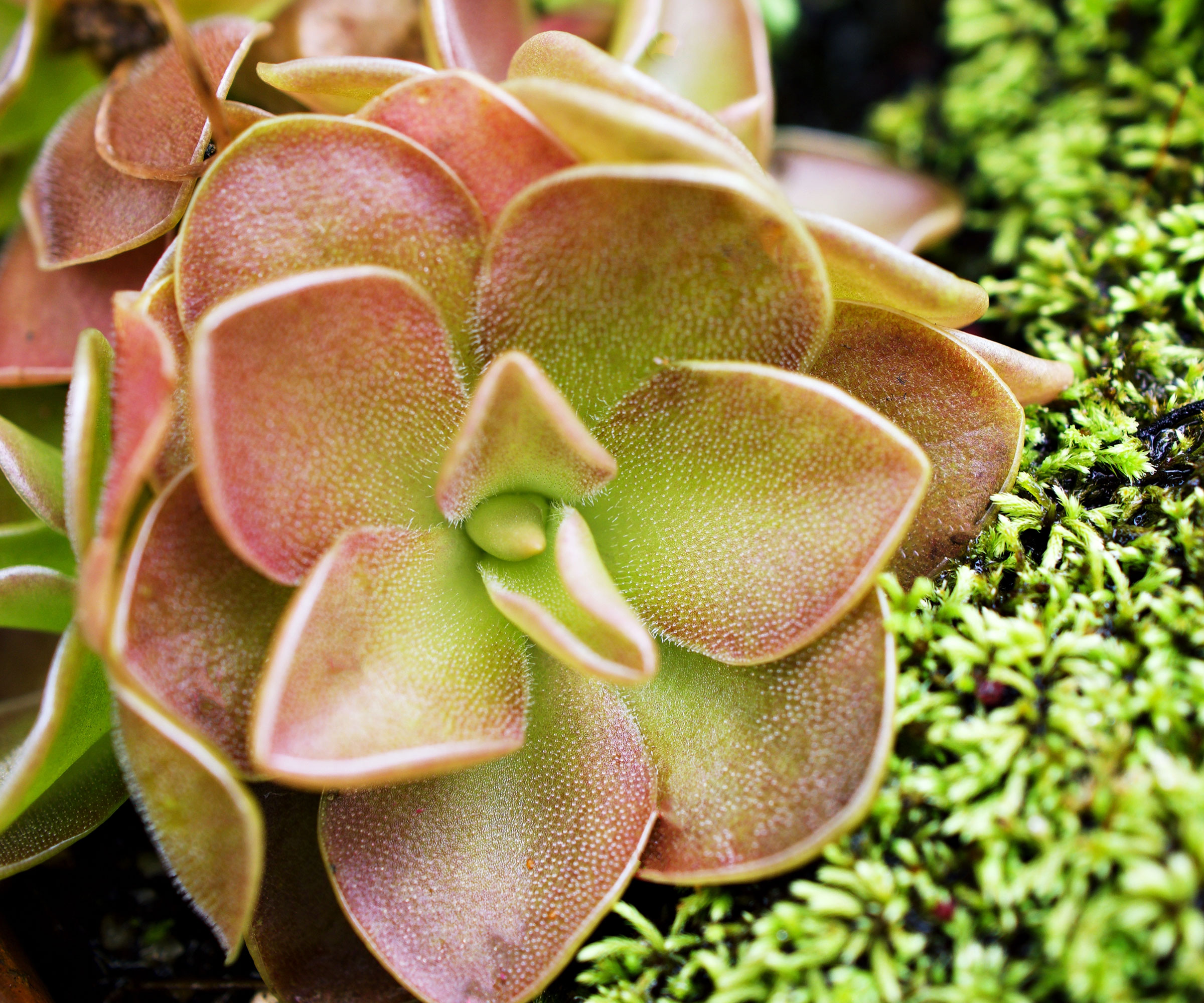Try These 4 Indoor Carnivorous Plants: Creepy Carnivores To Add To Your Plant Collection
Educational, otherworldly and a little bit creepy, indoor carnivorous plants make fascinating home buddies – and if you’re keen on bug controls, they make useful pest guzzlers, too!


Few plants are as fun, mysterious and educational as indoor carnivorous plants. There are many carnivorous houseplants from which to choose, the Venus flytrap being one of the more popular and available. These plants may seem a bit macabre for children, but in actuality kids love to watch them take in their food and are active participants in their care.
Raising carnivorous indoor plants is an excellent opportunity to teach about the natural world and the food chain. And for anyone wanting to manage houseplant pests before they get out of hand, growing a carnivorous plant could prove a novel way to control your bug numbers! Here are four carnivorous houseplants you can easily grow at home.
Try These Creepy Carnivorous Houseplants
Indoor carnivorous plants may seem like odd choices in a peaceful household, but they can be beneficial. They can add a touch of sci-fi plant fascination and ghoulish glee to your growing adventures – making fascinating science experiments for younger growers, and helpful bug controls for the rest of us. Because they garner some or all of their nutrients from ingesting insects, they are helpful with fruit fly or fungus gnat infestations. Here are four of the creepiest indoor carnivorous plants you can grow at home.
1. Venus Flytraps

These classic carnivorous plants for home growing are native to the Carolinas on the coastal range. These plants need bright light, plus filtered, distilled, or rain water, and a natural food source. For satisfactory Venus flytrap care, provide at least six hours per day of sunlight or use a plant light if your home is dim. The planting medium should be half sphagnum or peat moss mixed with horticultural sand.
Keep a dish under the container and filled with water. If your home is dry, keep the plant in a terrarium. Venus flytrap carnivorous plants for home growing will require a live food source. Purchase live mealworms, blood worms, or crickets to bait the traps, or send the kids out to gather flies, spiders, or even slugs.
2. American Pitcher Plants

American pitcher plants thrive best outdoors, but they can be grown in the home. The trick when growing pitcher plants is to give them enough light. In the summer they need 16-18 hours which will need to be helped along with artificial light. In the winter they require at least eight and preferably 10 hours.
The soil must be kept quite moist. Some growers immerse the container in water or keep a dish filled with water under the drainage holes. Only use reverse osmosis or rainwater. The ideal soil is one part sphagnum moss to one part sand. You can feed these indoor carnivorous plants with dried crickets.
3. Sundews

Sundews are amongst the best carnivorous plants for indoors growing if they are kept in a terrarium. If you have house flies or gnats, these plants will happily feed themselves. When growing sundew plants, you’ll find a mixture of sphagnum moss and perlite is an excellent medium. This should be kept moist. Sundews need bright, consistent light which may be provided by a strong plant light.
Sign up for the Gardening Know How newsletter today and receive a free copy of our e-book "How to Grow Delicious Tomatoes".
4. Butterworts

Butterworts form a low growing rosette of leaves. This is crowned by a tall stem sporting an orchid-like flower. High humidity and bright light are musts for these little plants. Place the plants in an eastern or western window. A half and half mix of peat moss and sand or perlite provides the best medium, or you can use an orchid mix.
When growing butterworts, avoid using tap water which has too many salts, but do keep the medium well moistened. Avoid getting moisture on the leaves. Keeping a dish filled with water under the container will provide bottom-up moisture through osmosis. These indoor carnivorous plants feed on tiny soil organisms, so if you have other plants they can feed themselves. Butterworts are also commonly called pings.
Frequently Asked Questions
Are Carnivorous Plants Good for Indoors?
Some carnivorous plants are better for the outdoors, because there is a plentiful food supply and generous light. But indoors, you can help them along with artificial grow lights and gathered or purchased insects. Because most must be kept moist, in a terrarium, soil gnats will provide much of their food.
What is the Easiest Carnivorous Plant to Take Care of?
Venus flytraps and sundews are the least fussy carnivorous plants for inside the home. Address the basic care essentials like the correct light and water (and food sources!), and there is no reason why these plants can’t flourish indoors.
How do you Feed Carnivorous Plants without Bugs?
If you are experiencing a shortage of flying bugs or soil gnats, worry not. Fish flakes or crushed fish pellets are common ways to feed your indoor carnivorous plants without the bother of gathering insects.

Bonnie Grant is a professional landscaper with a Certification in Urban Gardening. She has been gardening and writing for 15 years. A former professional chef, she has a passion for edible landscaping.